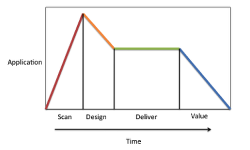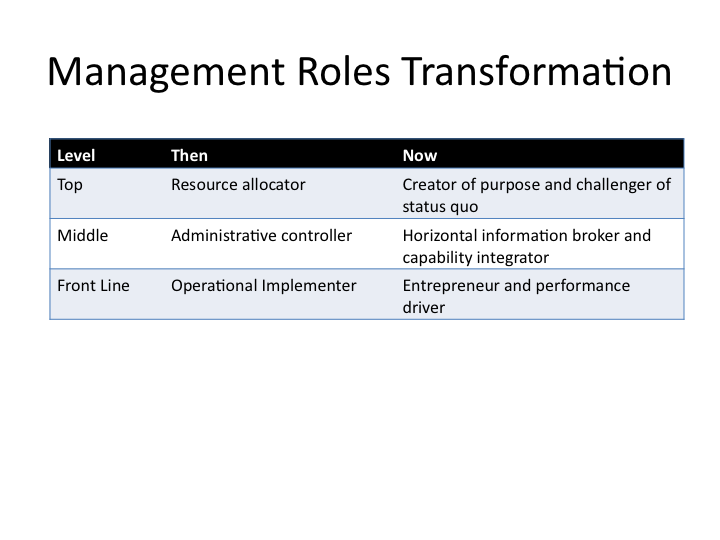Poly value Modeller
A very little bit of theory
This will sound irrational but we are not as rational as we think we are. We make decisions based on intuitive or self-centred motives informed by the environments we are in and group norms. We subconsciously camouflage. Philosophers have tried making sense of the discrepancies between self will and collective will from Kant onwards. Now neuroscience has stepped in to the arena and making similar findings. (See Kahnemann - Thinking Fast, Thinking Slow for an introduction to psycho-economics.) Multiple ways of considering value is Poly Value. This is a good thing. aligning viewpoints is the (he)art of sustainable competitive advantage. Because we are not rational we look to provide value for ourselves as well as meeting the needs of people that pay us to make things other people buy. We need to consider: Customer, Strategic, Operations, Team and Self perspectives of value. This variation on the polyvalue theme extends the scrum mataphor. The business functions that rely on the output from scrum teams are the backs that use the ball to create value. Backs have set formations. They anticipate the ball. If it is slow or turned over they have to re-adapt. Continuos lack of good ball frustrates them. Forwards need to appreciate the backs needs as well as the cusotmers.What benefits can I expect from Polyvalue?
- Visualising the unseen work to be done reduces cognitive lead time.
- Build connections, resilience and autonomy to accommodate emergent requirements and behaviour.
- Identify and remove blocks using A3 thinking or new found connections.
- Balance and blend collective needs against self will - remove political heat from conversations.
- Prioritise by Weighted Shortest - or Most Valuable Job First
- Checklists to test incoming requirements
- More accurate and transparent estimation focussed on value.
- Visualise value from other peoples and personal perspectives
- Apply the correct strategy
How do I do it?
Start small with Work Envelopes based on the Scan, Design, Deliver, Value cycle form the Design Thinking Toolkit.
1 Scan:
- Assess environments
- Make changes to blend in
- Change attitude
2 Design Thinking:
- Creative Analysis First
- Rational Analysis
- Reflect and Plan
3 Deliver:
- Connect, Commit
- Resilience, Test, Deliver
- Autonomy, Product
4 Value:
- Time to absorb
- Impact
- Reflection
If you need a refresher read this.
Try it out below
Use the presets to set work profiles. Fine tune to your needs. The Work profile presets show the path through the scrum and the value presets denote back-line setups to use value. Scan and Design move horizontally over time. They are the cognitive lead time: work that needs to be done prior to committing to delivery. Effort slides vertically. Some jobs are experience based: quick and easy. Others are relatively difficult. The duration of the Scan and Design and amount of effort provides a guide if the work can be done in a sprint if you are working in an agile fashion.
Profile Presets
Value Add Effects
Show and Test


Call
Response
Fill these in when there is confusion or lack of clarity in the reqs. Use the appropriate channels, language and respect to seek clarity. Do not commit to confusion.

Show and set Weightings:
This is to be implemented - for show purposes and feedback only
RoI Class
| Action | Weight |
|---|---|
| Scan | |
| Design | |
| Deliver |
| Value | Weight |
|---|---|
| Customer | |
| Strategic | |
| Operations | |
| Team | |
| Self |
Calculations:
Job Size
---
Value ---
WSJF Priority ---
MVJF Priority
Value ---
WSJF Priority ---
MVJF Priority